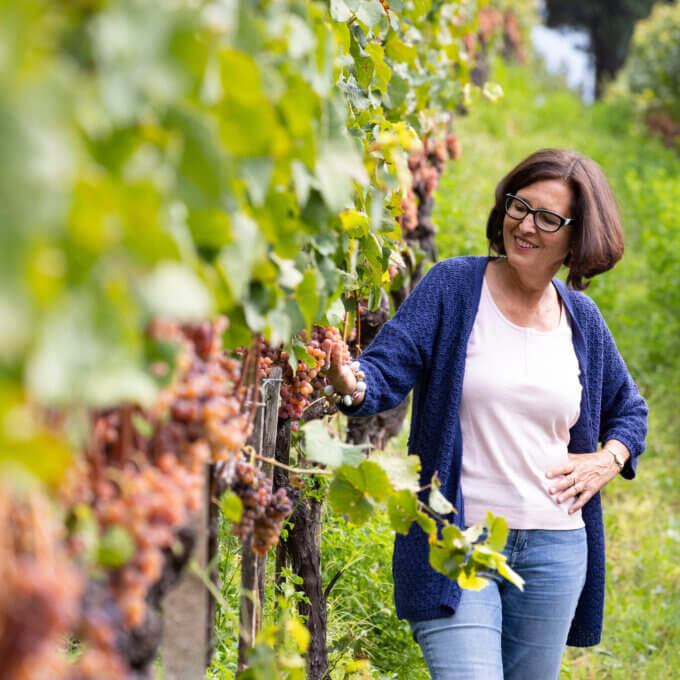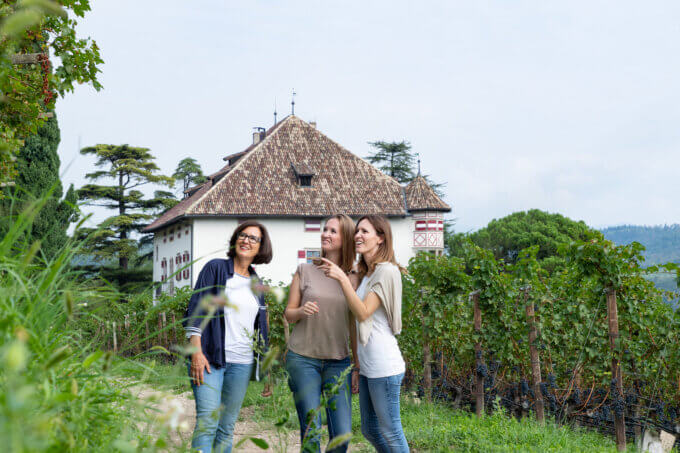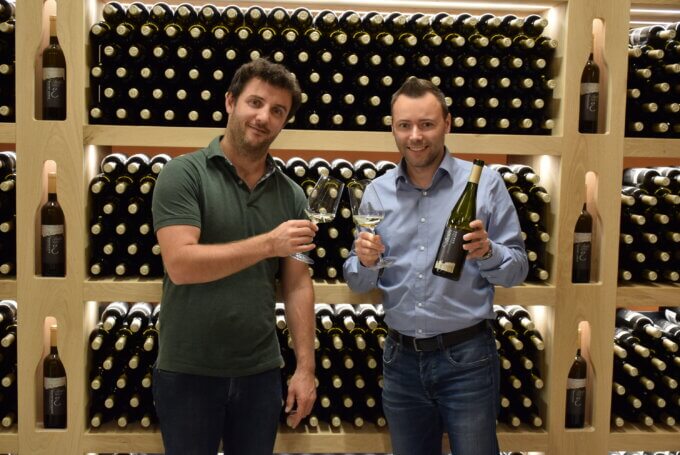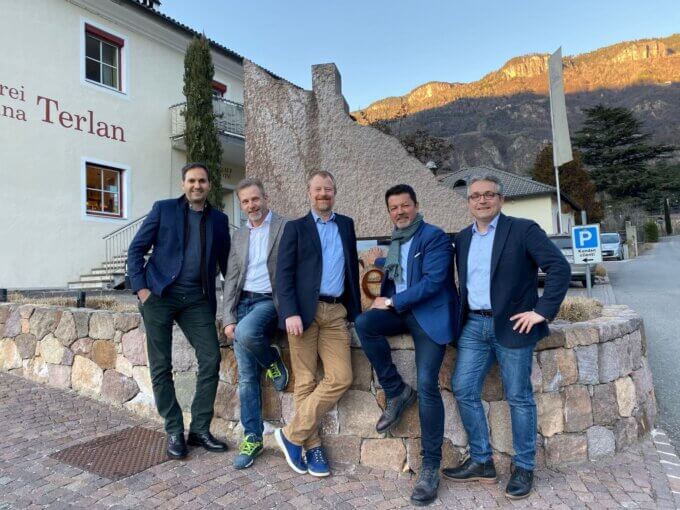Be social! Share the fun!
Alto Adige Wines

Alto Adige Wines.
Alto Adige is one of Italy’s smallest wine regions. You may hear the German language here, or see a German surname. The reason is that for many years (at different times) the region was under Italian and German rule.
The spectacular wines result from a climate that varies between Mediterranean and Alpine.
Eduard Bernhart, Director of the Consorzio of Alto Adige Wines and publicist Morgan Perry orchestrated this webinar presentation, complete with a wine tasting.
In it Morgan recounted her own experiences visiting the Alto Adige region. As well as her research.
It may interest you to note you will find 300 days of sunshine mark the unique Alto Adige region.
70% of Alto Adige’s wine is produced in a cooperative. But in Alto Adige, cooperatives ensure quality measures are in place.
Many family landowners own historical vineyards passed down through generations. Growing and harvesting the grapes for the cooperative is often a passion project for these families, who have other occupations during the work week.
Alto Adige Wines Speakers included:
Letizia Pasini – export manager, Colterenzio
Michael Huber, sales, Terlan
Elena Walch: Alto Adige Wines

I remember first meeting Elena Walch at an Alto Adige wines tasting in Manhattan several years ago. I was a student with the WSET then, and in my first days of studying Austrian wine from the Alto Adige region.
Then I learned more about Elena Walch. In the 1980s, she studied architecture in Milan. Then she settled in Bolzano when she married into the Walch wine family, among the oldest as they established it in 1869.
In the presentation, Elena Walch’s daughter Karoline spoke about the family’s wine history.
According to various records, Elena’s list of innovations included high-density planting, “Guyot” vine training and employment of French oak barriques.
This was a marked change, especially to the “quantity” oriented approach of the 1970s of many of the regions’ wineries.
Paramount to Elena Walch’s improvements was a dedication to single vineyard wines, individually expressive of their specific place.
“The secrets are in the vineyards. Respect for the soil, the climate and careful harvesting are crucial,” Elena had explained, “but only perfect cellar work can coax the full potential of the harvest.”
I tasted her 2019 Pinot Grigio, quite elegant with restrained fruit and bright acidity.
Read next: Biodynamic Wine
Canina Valle Isarco: Alto Adige Wines

Armin Grati, managing director, delivered the presentation for Cantina Valle Isarco.
The cooperative Cantina Valle Isarco was founded in 1961 by 24 wine focused farmers in Chiusa, in the Isarco Valley.
Despite setbacks such as fires and snow storms, quality over quantity has been their mandate.
Today winemaker Hannes Munter, a local citizen who grew up in a nearby small town, is at the helm.
In the tasting I experienced their wine Kerner 2020. The Kerner is a Schiava and Riesling hybrid created in Weinsberg (Germany) in 1929..
It grows well in light, gravelly and sandy soils of a higher altitude.
The wine is crisp and refreshing, with a full body.
Colterenzio: Alto Adige Wines

Colterenzio means ‘terrible hill’ in Italian – appropriate as it stands near the Dolomite mountains.
Viticulture in the area goes back at least to Roman times.
In her presentation, export manager Letizia Pasini discussed the history and the wines.
She revealed that in 1960, 28 winegrowers from the area founded the Colterenzio winegrowers’ co-operative.
They specialize in single-varietal wines.using only organic fertilizers and biological pest control.
Their Sauvignon Blanc Prail was delicious, restrained with a hint of gooseberry.
Terlan: Alto Adige Wines

Cantina Terlano, founded in 1893, produces 1.5 million bottles of wine a year.
Their “secret” wine archive consists of an extensive collection including over ninety vintages from 1955.
I enjoyed tasting their 2020 Terlaner is a composition of Terlano’s three most traditional white varieties, Pinot Bianco, Chardonnay and Sauvignon.
Each variety sets the tone for a complex, structured wine.
In Summary
This was a fantastic introduction to the wines of Alto Adige and its history.